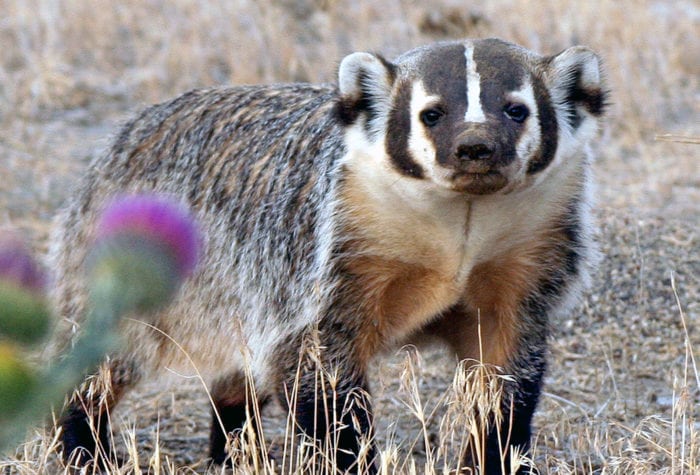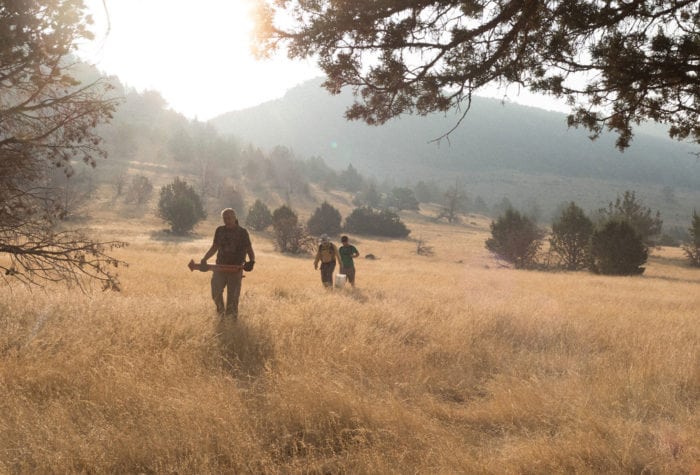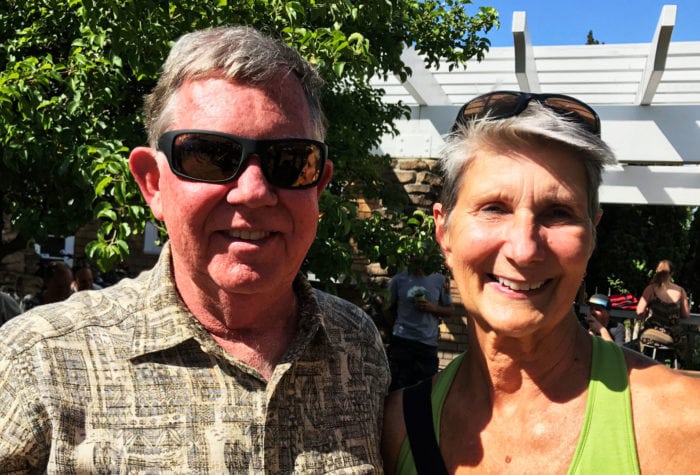Author: Ryan Houston | Published: June 9, 2023 | Category: In the News
Four years in the making, Oregon Senators Ron Wyden and Jeff Merkley’s bill could finally deliver protection for more than a million acres of wilderness in southeastern Oregon’s high desert.
On June 8, 2023, Senators Ron Wyden and Jeff Merkley introduced legislation in the U.S. Senate to permanently protect more than 1 million acres of southeastern Oregon’s Owyhee Canyonlands!
The Owyhee Canyonlands are a national treasure, featuring miles upon miles of deep rugged canyons and rolling sagebrush grasslands, supporting a rich diversity of wildlife and preserving some of the darkest night skies in the country. It’s a landscape rich with history and full of wonder, as inviting as it is foreboding, and one that deserves the highest levels of protection now and forever.
With the support of our members, steadfast advocacy and patient resolve behind us, ONDA has been working for decades to conserve the Owyhee Canyonlands. Since 2019, this effort has accelerated as Senator Wyden has been convening a diversity of stakeholders to negotiate this proposal to protect the Owyhee.
As a result, in addition to conserving an impressive 1.1 million acres as wilderness, the bill would support important tribal priorities and provide for improved recreation management and economic development, all while promoting science-based management to improve the long-term ecological health of the landscape.
We arrive at this milestone proud of the collective work of the many friends, peers, colleagues and community members who came together at the negotiating table. We stand ready to push the proposal forward in the weeks and months ahead to achieve permanent protection for the Owyhee. And, much like any good adventure in Oregon’s high desert, that path ahead will bring many twists and turns as the bill is refined and advances through the legislative process.
We look forward to sharing more analysis and commentary on the legislation in the coming days and alerting you to important opportunities to voice your support for conserving the Owyhee.
Until then, we thank our community for their enduring partnership, passionate commitment, and tireless advocacy for conserving the Owyhee Canyonlands and Oregon’s high desert!


